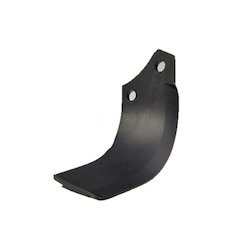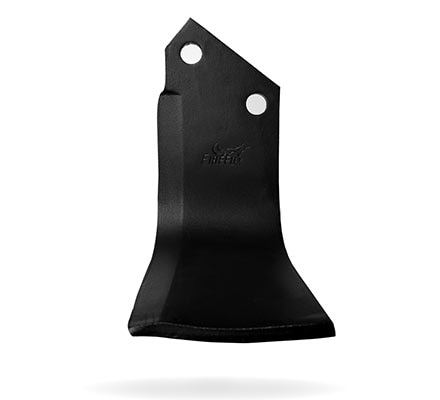Pyridine, an organic compound with the chemical formula C5H5N, is a six-membered heterocyclic compound containing a nitrogen heteroatom. It can be regarded as a compound in which one (CH) in the benzene molecule is substituted by N, so it is also called nitrobenzene. It is a colorless or slightly yellow liquid with a stench.
Foreign name: pyridine
Alias: Azabenzene
Chemical formula: C5H5N
Molecular weight: 79.102
CAS login number: 110-86-1
EINECS accession number: 203-809-9
Melting point: -41.6 ℃
Boiling point: 15.3℃
Water soluble: Soluble
Density: 0.983 g/cm³
Exterior: Colorless liquid
Flash point: 20 ℃ (closed)
Application: Used in the manufacture of vitamins, sulfonamides, pesticides and plastics, etc.
Security description: S7; S16; S22; S24/25; S26; S28; S36/37/39; S38; S45; S61
Hazard Symbols: F; Xn
Hazard description: R11; R20/21/22
UN Dangerous Goods Number: 1282
Physical properties:
Melting point: -41.6℃
Boiling point: 115.3℃
Flash point: 20℃
Density: 0.983g/cm3
Ignition temperature: 482℃
Upper explosion limit (V/V): 12.4%
Lower explosion limit (V/V): 1.7%
Critical temperature (℃): 346.85
Critical pressure (MPa): 6.18
Refractive index: 1.509 (20℃)
Appearance: colorless liquid
Solubility: Miscible with water, alcohol, ether, petroleum ether, benzene, oil and other solvents
Chemical properties:
Pyridine and its derivatives are more stable than benzene, and their reactivity is similar to that of nitrobenzene. Typical aromatic electrophilic substitution reactions occur at the 3 and 5 positions, but the reactivity is lower than that of benzene, and nitration, halogenation, sulfonation and other reactions are generally not easy to occur. Pyridine is a weak tertiary amine that can form water-insoluble salts with various acids (picric acid or perchloric acid, etc.) in ethanol solution. The pyridine used in industry contains about 1% of 2-methylpyridine, so it can be separated from its homologues by taking advantage of the difference in salt-forming properties. Pyridine can also form crystalline complexes with various metal ions. Pyridine is easier to reduce than benzene, such as reducing to hexahydropyridine (or piperidine) under the action of metal sodium and ethanol. Pyridine reacts with hydrogen peroxide and is easily oxidized to N-pyridine oxide.
Application
It is used in the manufacture of vitamins, sulfonamides, pesticides and plastics; it can also be used as an alkaline solvent, and it is also an excellent solvent for deacidification and acylation reactions; it can also be used as a carbonyl group for polymerization, oxidation, and acrylonitrile. It can also be used as a catalyst for chemical reactions, etc.; it can also be used as a silicone rubber stabilizer, a raw material for anion exchange membranes, etc.
3-Bromopyridine,4-Methoxypyridine,Intermediates 2-Chloro-3-formyl-6-picoline,5-Bromo-2-methyl-3-nitropyridine Fuxin Custchem Fine Chemical Co., Ltd. , https://www.custchemvip.com
Heat-treated or Powder-coated Die Casting blades.
Cultivator Agricultural Part, Made of steel.
Heat-treated Cultivator blades, Used on Agricultural Machine, Made of Spring Steel.
Â
Rotary tiller blades, Used for Agricultural Machine, OEM Orders are Accepted.
Heat-treated or Powder-coated Die Casting blades.
Cultivator Agricultural Part, Made of steel.
Heat-treated Cultivator blades, Used on Agricultural Machine, Made of Spring Steel.
Â
Model NO.: MX series
Trademark: Mingsin
Origin: Shandong
HS Code: 84322900
Model NO.: MX series
Trademark: Mingsin
Origin: Shandong
HS Code: 84322900
Rotary tiller blades, Used for Agricultural Machine, OEM Orders are Accepted.